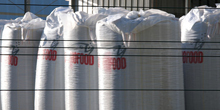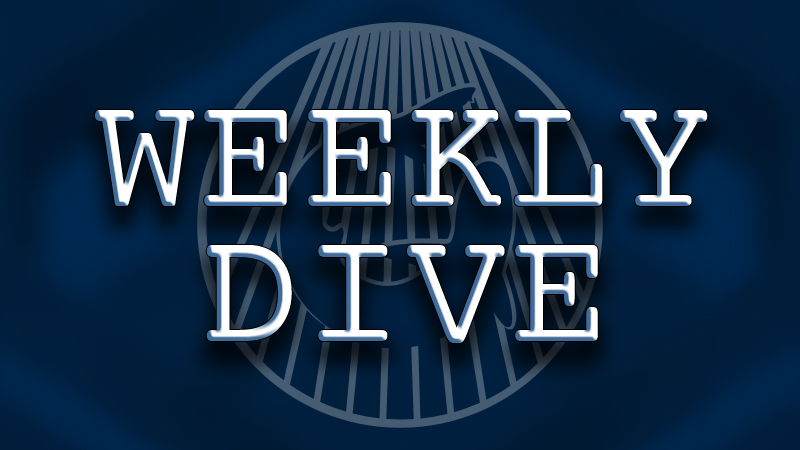Ted Reckas
Sometimes it’s done right. Often it’s not.
I stood at the Whole Foods fish counter looking over the options. Four different types of salmon stared at me, begging me to take the big, thick, pink slabs of rich meat home for dinner. As I looked from one to the next, my eyes jolted wide. An electric shock ran down my spine. Atlantic salmon! I guiltily glanced toward the produce section.
In his book Four Fish, Paul Greenberg talks about how when fishermen found the breeding grounds of Atlantic salmon off Greenland, in the 1950’s and 60’s, they hit the population so hard that even our lax system of regulating fishing that still allows the critically endangered bluefin tuna to be fished, called it quits on Atlantic salmon. The population is so low there is no commercially wild-caught Atlantic salmon to this day. It’s all farmed.
Fearing I couldn’t hide the charge in my voice, I asked the guy behind the counter, “Is that Atlantic salmon sustainable?”
“Oh yeah,” he said, “it’s farmed.”
Fish farming makes sense doesn’t it? This fish didn’t come from a wild population struggling to recover. It came from a Norwegian (or Irish, Canadian, or Chilean) fish pen. Fish farmers can grow tons and tons of fish in captivity – as much as we want — and not hurt any aspect of the wild. Simple. Case closed.
If only.
“I’ll take a half-pound of that Alaskan Halibut please,” I said.
Turns out farmed Atlantic Salmon is usually bad news. Here’s why.
They take more fish than they make.
Farmed fish are usually fed fishmeal, which is ground up anchovies and other wild fish. Problem is, the farmed fish eat more than they produce in fish protein; it takes 3 pounds of fishmeal to make 1 pound of Atlantic salmon. This turns the whole idea of farmed fish on its head. We were supposed to be giving the wild fish a break by farming fish, right? Nothing could be farther from the truth.

Massive bags of fishmeal for farmed Salmon in Chile. Photo courtesy Sam Beebe, Ecotrust via Flickr Creative Commons.
They concentrate bugs.
Salmon pens, packed with hundreds of thousands of fish, are breeding grounds for sea lice, which then flow with currents to surrounding waters, contaminating marine ecosystems. Some pens are located near river mouths, where they contaminate the next generation of young salmon as they leave the rivers they were born in and head for the ocean.
They concentrate pollutants.
Fish farmers use pesticides to fight sea lice. They put the pesticide in the fishmeal and the salmon eat it.
They concentrate fish waste.
Thousands of salmon excreting in a small area creates a much higher than normal concentration of excrement. The nutrients in their waste can cause harmful algal blooms that can have many negative effects on marine ecosystems.
Salmon predators like seals and dolphins get caught in the salmon pen nets and die.
Atlantic salmon farmed in the Pacific escape. Salmon pens in the ocean are not perfect. Storms shake things up and nets get torn. Atlantic salmon are farmed in pens in the Pacific, (who green-lighted that in the first place?) get out and mix with the wild populations, spreading disease, introducing new genes, and having untold consequences. Atlantic and Pacific salmon are distinct species because until we got involved, they lived in separate oceans.

Salmon pens in Chile. Photo courtesy Sam Beebe, EcoTrust via Flickr Creative Commons.
They may pose greater health risks.
Some studies show that farmed salmon have significantly higher levels of contaminants than wild-caught salmon do, including PCBs, dioxins and pesticides.
Some salmon farmers use closed circuit freshwater tanks that are kept away from the ocean. This is much better, as it reduces the risk of disease, contamination and escape, but still doesn’t deal with the fact that all that fishmeal is used to feed them. Innovations in salmon farming methods are improving the ratio of wild fish needed to produce farmed fish, but it’s generally much more sustainable to farm herbivorous species.
Atlantic salmon is not the only farmed species out there. It’s done with bluefin tuna, (here’s why that is unsustainable) and many other species. There are also some quite sustainable fish farming operations going on, such as these.
The message here is not that farmed fish equals bad fish. Rather, knowing you’re getting sustainable seafood requires a closer look. The type of fish, where it is from, how exactly it was caught, and whether it was farmed all factor into its sustainability. Luckily Seafood Watch does a great job of breaking down the details.







